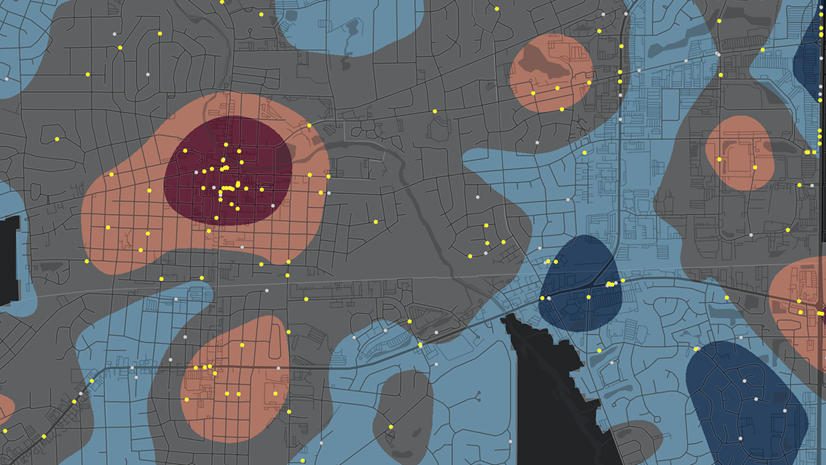Crime Analysis with ArcGIS Pro Video Blog Series | Generate Origin to Destination Links and Pairwise Buffers
In this edition of our Crime Analysis with ArcGIS Pro video blog series, we examine a pair of tools that can be used by analysts to identify patterns of criminal activity, establish possible suspects, and provide case support for investigations.

Generate Origin to Destination Links
The first tool we are going to discuss is Generate Origin to Destination Links. You can find it on the Analysis Tools tab of the Crime Analysis ribbon or by going to the Geoprocessing pane and accessing the Proximity toolset in the Analysis toolbox. This tool can be used to visualize spatial relationships between two locations that have a common attribute. The paired locations are created using two datasets and identifying a starting feature point (origin) and an ending feature point (destination) for movement or travel analysis. For the tool to work, the two datasets need a common field, such as a case number, vehicle identification number (VIN), gun serial number, or bank transaction identification number. The tool output draws a line with an arrow connecting the origin to the destination. This tool supports analysis of one-to-one or one-to-many relationships, such as motor vehicle theft-to-recovery patterns, firearm tracing and recovery, financial transactions, and gang territory-to-member relationships. You can use this tool for any kind of analysis linking the movement of people, money, stolen items, or other contraband from one place to another.

Pairwise Buffers
The other tool we are going to examine in this video is Pairwise Buffers. Access this tool on the Analysis Tools tab of the Crime Analysis ribbon, or find it in the Pairwise Overlay toolset in the Analysis toolbox. Buffers are polygons created around input features that are set to a user-specified distance. The Pairwise Buffers tool creates individual buffers around each feature—using a parallel processing approach that can perform calculations—as well as buffer features in relation to all other features in a dataset concurrently. The output of Pairwise Buffers can be more complex than standard buffering techniques, and the tool is ideal for large, overlapping datasets. This tool can be used, for example, to identify possible suspects within a set distance of an incident layer, or to create child-safety zones, where registered sex offenders are not allowed to reside, based on state law.
We have enlisted the help of our friend Austin Rice, crime analyst with the Minneapolis Police Department (MPD). Rice shares how MPD uses these tools to support its investigations. We are also joined by Chris Delaney, Esri law enforcement solutions product owner, who will show us how these tools work.
Additional Resources
Thanks for joining us for this installment in the Crime Analysis with ArcGIS Pro video blog series. To learn more about how GIS supports crime analysis, visit our website.




